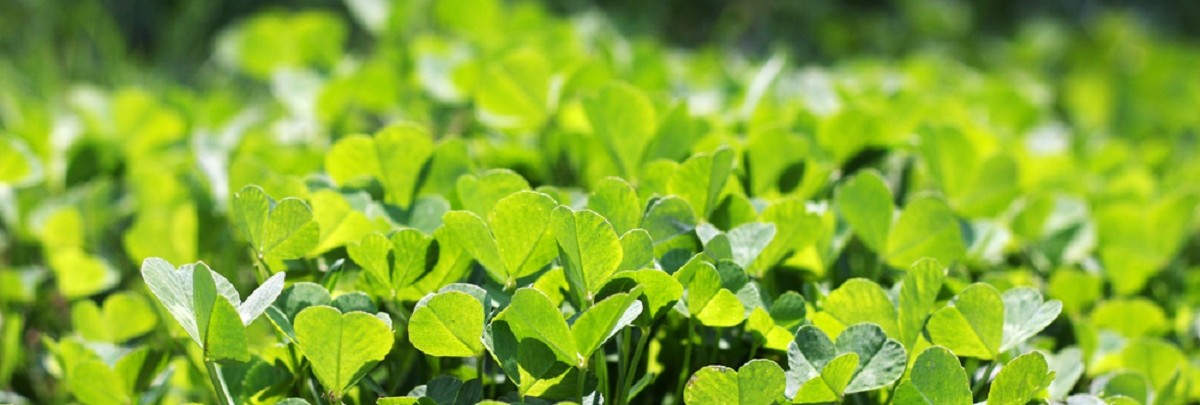It may not feel like it now, but planting season is less than a month away. No, I’m not talking about your typical spring time annuals like soybeans and corn, but rather using the planting technique known as frost seeding, as a means to plant clover. Frost seeding relies on the freeze-thaw cycle and early spring showers to establish quality seed to soil contact. As we approach spring, the soil awakens and actually begins moving up (freeze) and down (thaw). That up and down movement causes tiny little cracks, which ultimately suck in the small and hardy clover seeds.

Frost seeding makes nature do your dirty work. It essentially works the seed into the soil, eliminating the need for disking and/or dragging. It’s an effective planting method, one that saves you time and money. But, before you head out to the field with your spin-seeder in hand, make sure you abide by the following criteria:
When should I frost-seed my plots?
The timing can certainly vary year-to-year depending upon how long ‘Old Man Winter’ hangs around, but as a general rule of thumb, the best time to frost seed is when there are approximately 4-5 expected remaining frosts. Clover seed is very hard so it can withstand the potential to rot much better than other larger less hardy seeds (warm season annuals). Thus, it’s common to see food plotters spreading it over the top of a thin layer of melting snow. To find the average last frost date for your area Click Here.
What kind of seed/forage is best for frost seeding?
There are only a select few forages that work well for frost seeding. The effectiveness depends upon the size and hardiness of the seed. These are the reasons why most people frost seed clover – it’s small, it’s very hardy, it’s attractive and nutritious to deer, and it’s often one of the first plants to green-up in the spring.
Use a clover brand specifically designed for deer consumption. Clover varieties intended for cattle are designed to be fed dry which is why they are very stemmy. Deer don’t digest stems well. Therefore, a blend that produces succulent, leafy material will better suit a deer’s nutritional needs. Nowadays, there are plenty of reputable food plot seed companies to choose from.
Where’s the best place to plant clover?
Clover thrives in areas that have moist soils throughout the growing season. Thus, partially shaded settings can be extremely productive. Settings in which the site is covered by shade during the afternoon won’t lose as much moisture to evaporation, therefore, north-south oriented strips and shaded patches are ideal.

Precautions and Preparation
Frost seeding is not ideal for everyone or everywhere. If the following conditions apply to you, I would suggest you don’t frost-seed this spring.
- The quality of a crop is only as good as the quality of the soil in which it is planted. A soil test will tell you how much lime and fertilizer is required for ideal growing conditions.
- Obviously, frost seeding is only possible in areas where the ground actually freezes, otherwise you are simply wasting seed. An early spring sewing is the best planting method for these areas.
- Don’t frost seed an area that has a lot of competing vegetation! Usually areas that benefit the most from frost seeding require some work from the previous fall, whether it be an herbicide treatment, tillage, or if you are overseeding an existing clover plot.
- You will almost certainly lose the battle and waste your time and money if you try to frost seed an area that has existing grass and weeds that have not been treated. If this is the case, prep the area like you would any other food plot later in the spring, before planting clover.
If you have any other food plot questions, please ask them in the comment section below. Otherwise, keep checking in with the Legendary Whitetails Community page as we will be covering all things food plot and turkey hunting throughout the spring!







